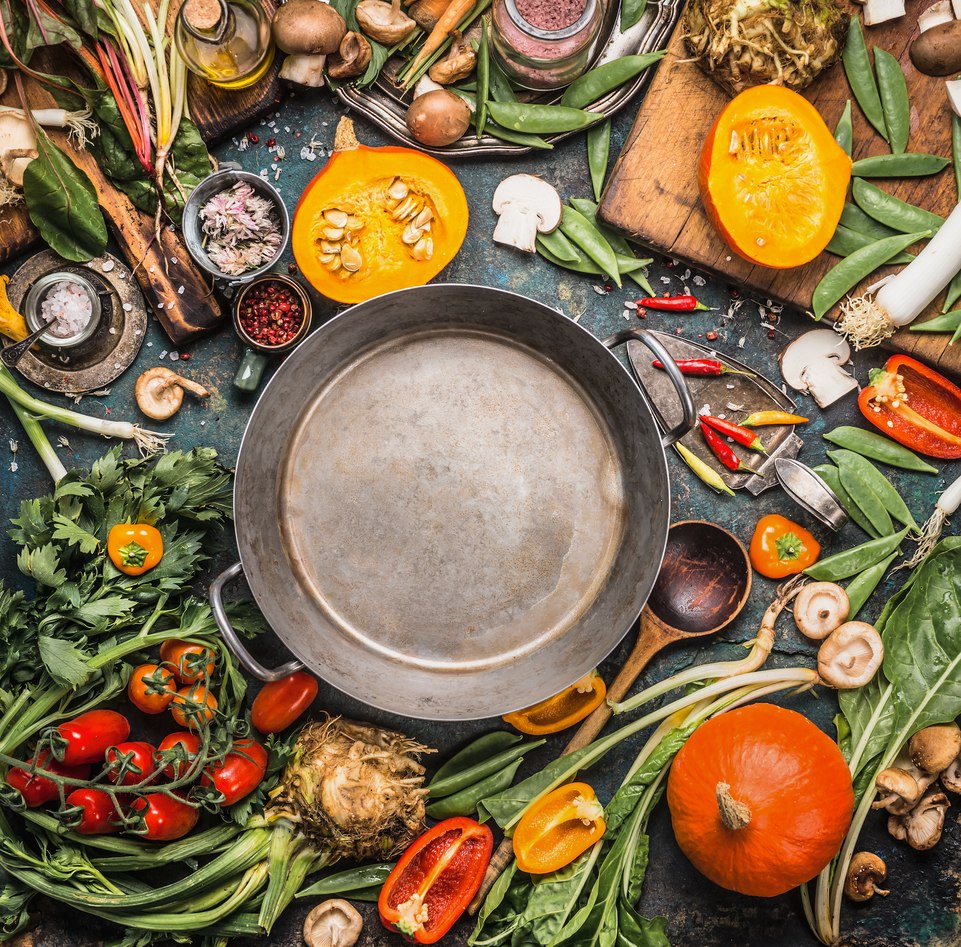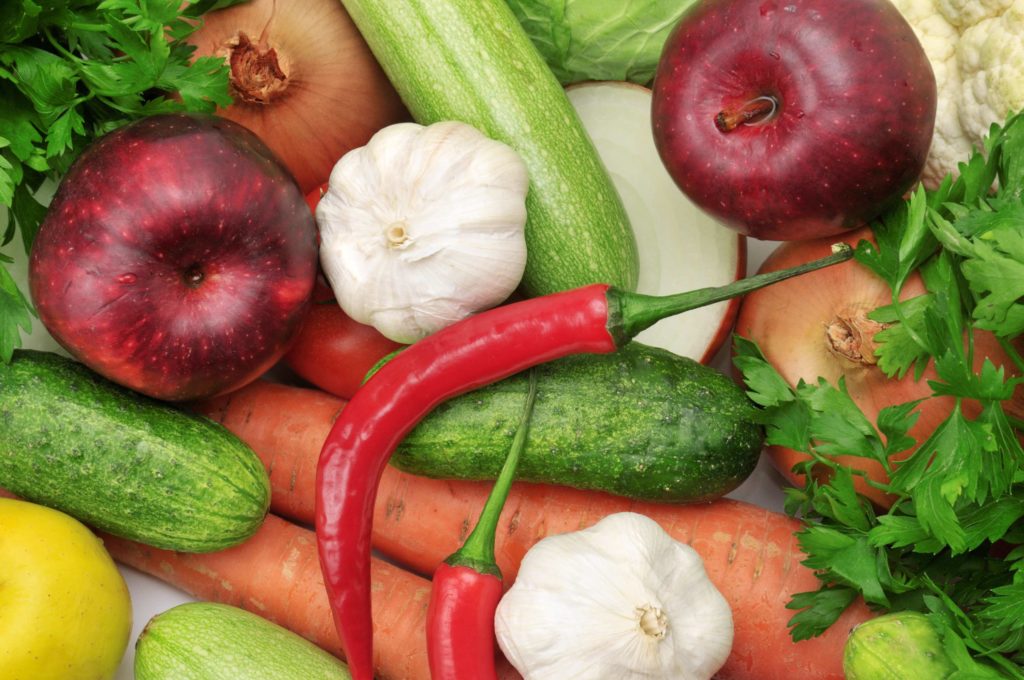How to avoid vitamin loss in food

For athletes, a balanced diet is important. Especially the vitamins play a decisive role. However, studies show that the majority of micronutrients from food are systematically destroyed by incorrect storage and preparation alone. But there are ways to avoid vitamin loss. Read on.
Vitamins react sensitively to heat, light, and oxygen
Anyone who does sport regularly has different goals: Some just want to keep fit, others want to continuously improve their performance. Still, others want to keep their weight under control. Even if amateur athletes are not looking for new world records, most of them still attach importance to a sensible diet. The body performs better when it is optimally supplied. This is especially true for vitamins. However, these react particularly sensitively to heat, light, and oxygen.
Buy fresh and eat quickly
Vitamin C is considered particularly sensitive. Spinach loses 80 percent of its vitamin C content within two days if stored in the pantry at 20 degrees Celsius. It is, therefore, better to store it in the refrigerator: at eight degrees Celsius, the loss is only 33 percent. The next example is lettuce: bought fresh at the market on Friday, on Sunday it serves at best as buffet decoration and fiber – but its vitamin content is then zero. Cooling helps here too. But it is even better to consume fresh food as quickly as possible.
This is what you must bear in mind when preparing
Vitamin loss continues at the sink: fruit and vegetables are usually washed before consumption. This reduces the water-soluble vitamins (C and B group) and minerals such as potassium. Washing is of course necessary. But then please do it quickly and under cold, running water.

Cutting and pureeing leads to vitamin loss
The loss of vitamins is also very high when iceberg lettuce or kale is cut or grated. The surface area increases, which means that more oxygen attacks. Enzymatic degradation is accelerated. White cabbage, finely cut, loses more than 50 percent of its vitamin C content within two hours at 20 degrees room temperature. However, this loss can be reduced. Tip: If vinegar or lemon juice is added to the cabbage, only 25 percent is lost.
Avoid Vitamin loss while cooking
Cooking can also harm the micronutrients. To reduce vitamin losses, the cooking time should be as short as possible. The best way to do this is to add potatoes, cabbage or carrots to water that is already boiling. This will overcome the temperature range between 40 and 70 degrees. Certain vitamin-degrading enzymes are very active in this range. They are called phenol oxidases. Vitamin destruction is particularly large.
Blanching can save many vitamins
Even in the freezer, the enzymatic vitamin degradation continues – slower than at room temperature, but steadily. Nutrition researchers have shown that frozen spinach loses 80 percent of its vitamin C content within three months at minus 18 degrees Celsius. The experts’ advice: Blanch: If the vegetables are briefly placed in boiling water before freezing, they still have 80 percent of their vitamin C content after three months.
The vitamins are in the shell
Most people certainly know that the shell contains the most nutrients. So peeling should be avoided as far as possible. Anyone who cuts fruit or vegetables into small pieces should eat them quickly, otherwise, they will be exposed to too much light and oxygen. Tip: A few drops of oil or lemon juice can limit the damage here. In general, it is good to eat fruit and also many vegetables raw. This ensures a particularly high dose of vitamins. Be careful with legumes and potatoes. They contain raw ingredients that are difficult to digest or harmful to health.